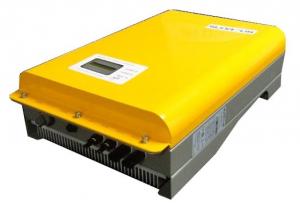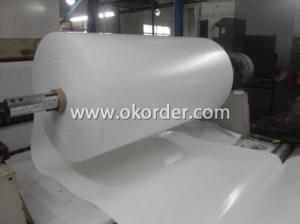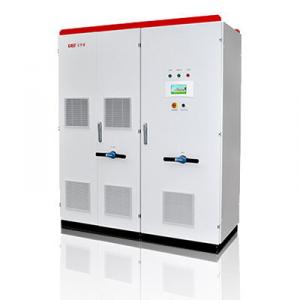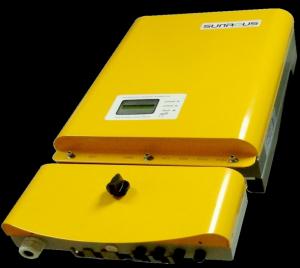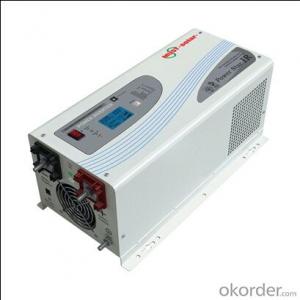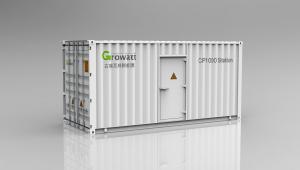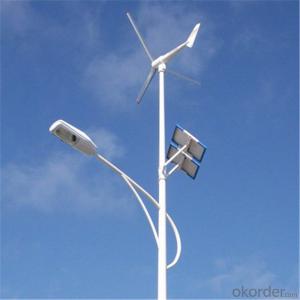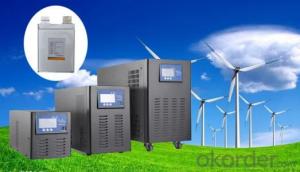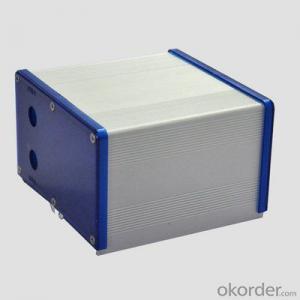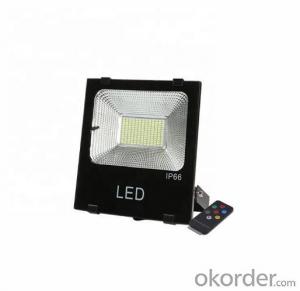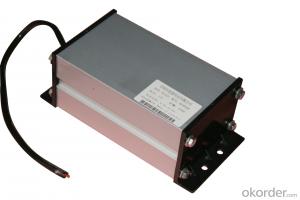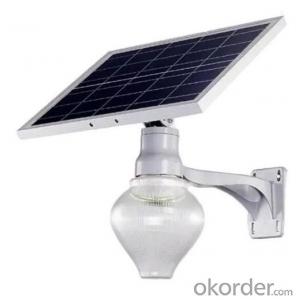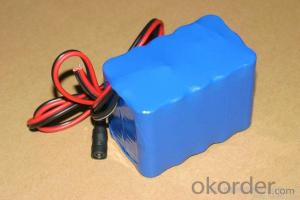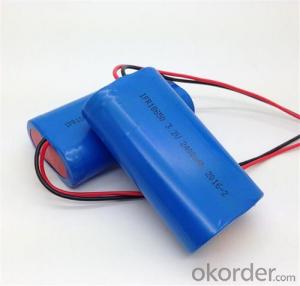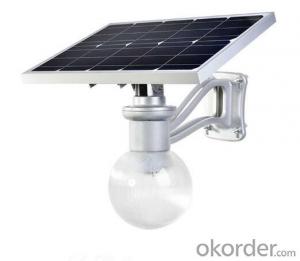Epever Solar Inverter
Epever Solar Inverter Related Searches
Eps Solar Inverter East Solar Inverter East Power Solar Inverter Eps Solar Hybrid Inverter Ecostar Solar Inverter Solar Electric Inverter Evvo Solar Inverter Solar Energy Inverter Ever Solar Inverter Inverter Solar Eastman Solar Inverter Powmr Solar Inverter Eco Solar Inverter Eko Solar Inverter Power Solar Inverter Solar Solar Inverter Inverter Power Solar Solar Energy Power Inverter Ecco Solar Inverter Power Inverter Solar Empower Solar Inverter Inverex Solar Inverter Easun Solar Inverter Easun Power Solar Inverter Easy Power Solar Inverter Inverter Solar Battery Inverter Solar Pump Eltek Solar Inverter Emp Hardened Solar Inverter Inverter Battery SolarEpever Solar Inverter Supplier & Manufacturer from China
Epever Solar Inverter is a range of high-quality solar power conversion devices designed to optimize the performance of solar energy systems. These inverters are engineered to convert the direct current (DC) generated by solar panels into alternating current (AC) that can be used by homes and businesses. They come in various models, catering to different power requirements and system configurations, ensuring efficient energy management and reliable operation.The Epever Solar Inverter is widely used in residential, commercial, and industrial settings where solar energy is harnessed to power electrical systems. It is particularly beneficial in off-grid and grid-tied applications, providing a seamless transition between solar power and grid power. This product is also suitable for hybrid systems that combine solar energy with other renewable energy sources, such as wind or hydro power, to create a more sustainable and resilient energy solution.
Okorder.com is a leading wholesale supplier of Epever Solar Inverter, offering a vast inventory of these essential components for solar energy systems. With a commitment to quality and customer satisfaction, Okorder.com ensures that each inverter is thoroughly tested and meets the highest industry standards before being shipped to customers worldwide. This extensive inventory allows for quick delivery and easy access to the specific model needed for any solar energy project, making Okorder.com a trusted source for Epever Solar Inverters.
Hot Products













